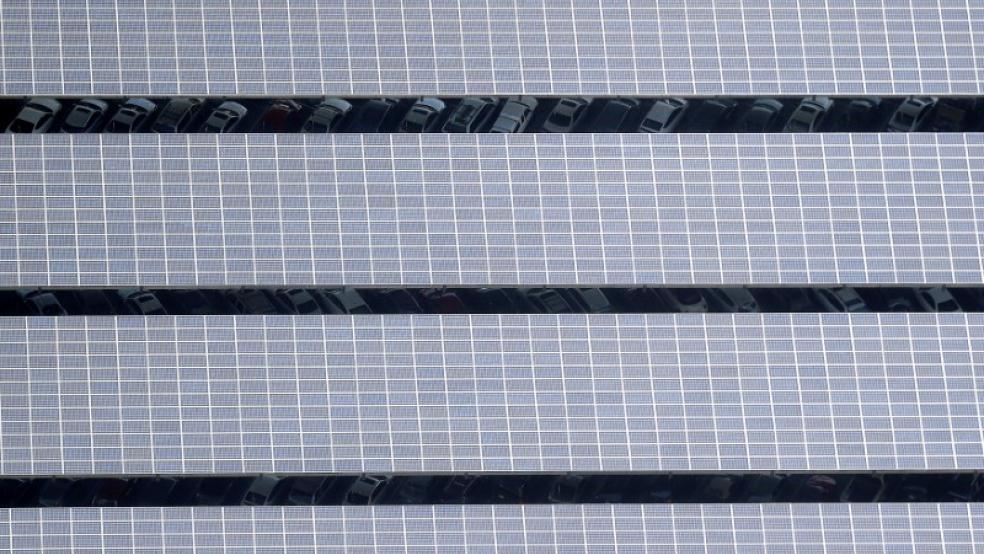The record-breaking installations of solar panels in the U.S. continues with an eye-popping 2 gigawatts installed in just the second quarter of this year, according to new data from GTM Research and the Solar Energy Industries Association (SEIA).
The solar industry installed 2,051 megawatts between April and June, marking the eleventh consecutive quarter in which the U.S. saw more than a gigawatt of solar capacity added to the grid. The volume of installations also marks 43 percent growth from the same quarter in 2015. “We’re seeing the beginning of an unprecedented wave of growth that will occur throughout the remainder of 2016, specifically within the utility PV segment,” Cory Honeyman, GTM Research associate director of U.S. solar research, said in a statement. “With more than 10 gigawatts of utility PV currently under construction, the second half of this year and the first half of 2017 are on track to continue breaking records for solar capacity additions.”
Growth in the solar industry continues to pick up steam. In a sign of how strong this year could turn out to be for solar, more solar is expected to be installed in the last six months of 2016 alone than in any other full year.
Related: Want to Go Solar? 3 Ways to Get Started
Solar panels are still largely made up of utility-scale projects, but the smaller residential segment is growing quickly. GTM Research and SEIA say that the U.S. now has more than 1 million homes with solar panels.
California, the largest solar state and longtime engine of the solar industry, has seen growth slow a bit. However, other states, such as Utah and Texas, are picking up where the Golden State has left off, an indication that solar is becoming a mainstream option in more and more parts of the country, not just in liberal-leaning states.
To be sure, the record-breaking year in 2016 is being partially driven by the expected expiration of the investment tax credit, a key federal incentive that has spurred growth in solar. The ITC was supposed to expire at the end of this year but was extended through 2021 as part of a late-2015 Congressional budget deal, a huge boost for the industry. But with so many utility-scale projects planned to take advantage of the tax credit in 2016, this year could be exceptionally good for installations. Newer projects will take time to come online, so it remains to be seen if there is a bit of a drop-off in 2017 after the huge pipeline of projects in 2016 is cleared.
This article originally appeared on OilPrice.com. Read more from OilPrice.com:
Is China Deliberately Trying To De-Rail The Russia/Saudi Oil Deal?




